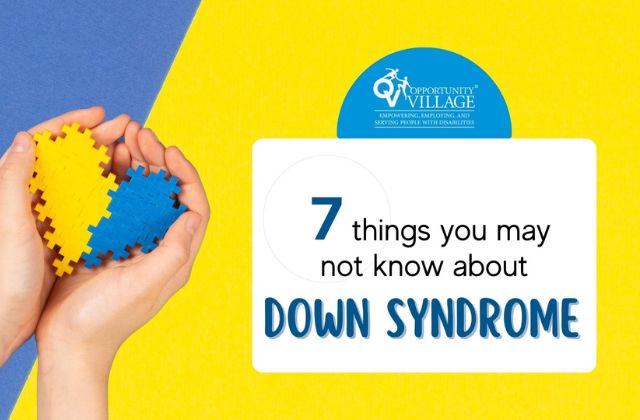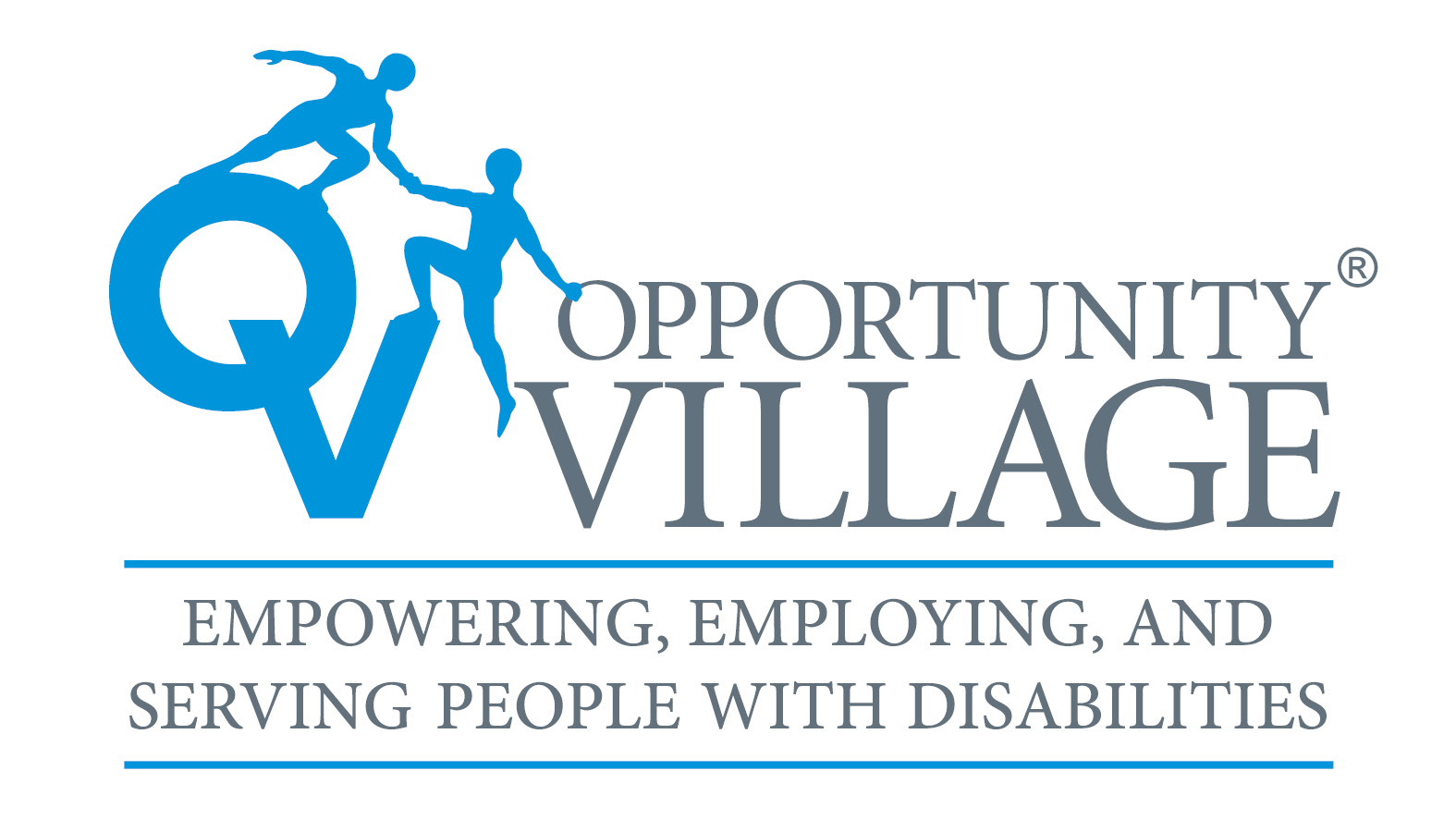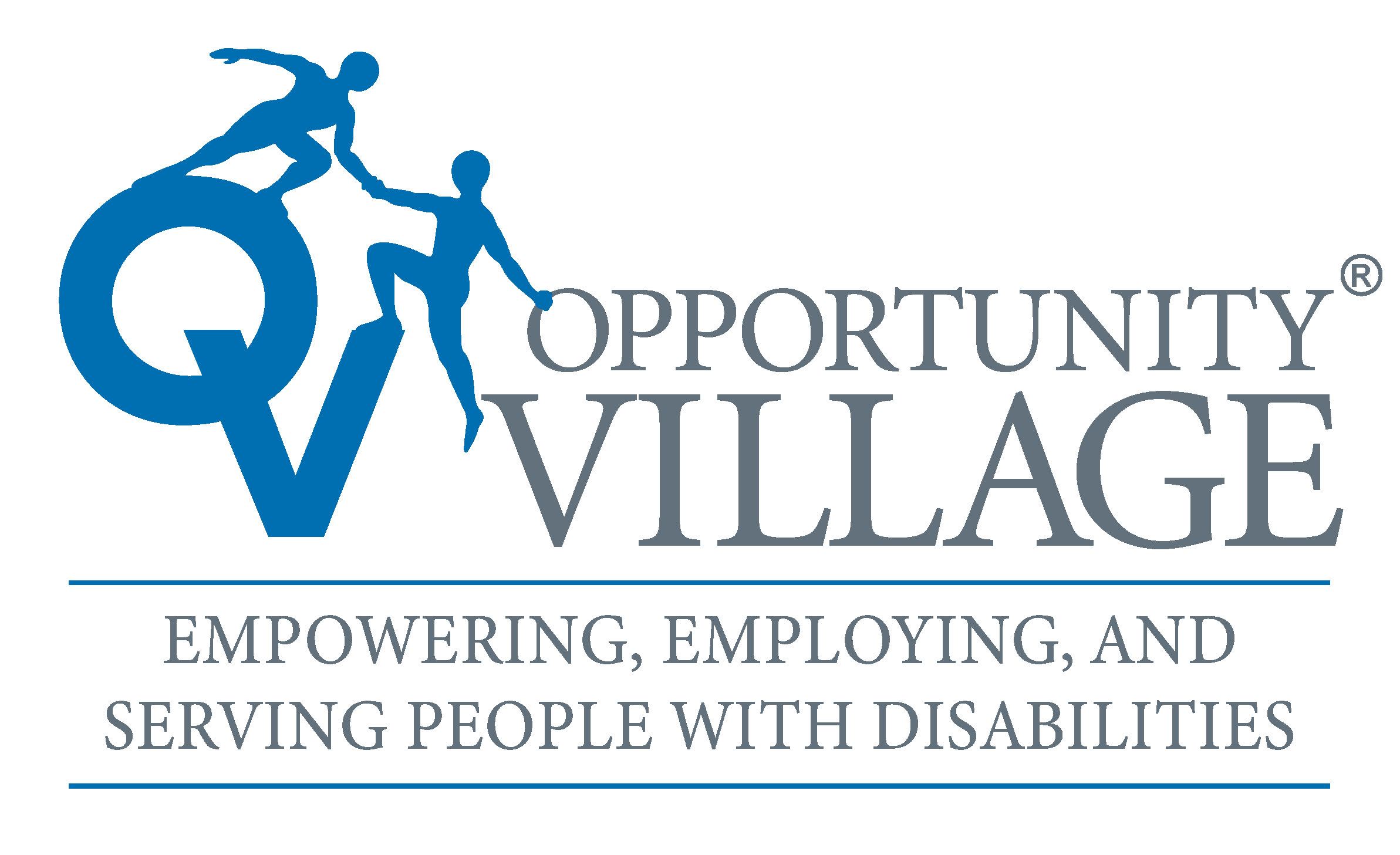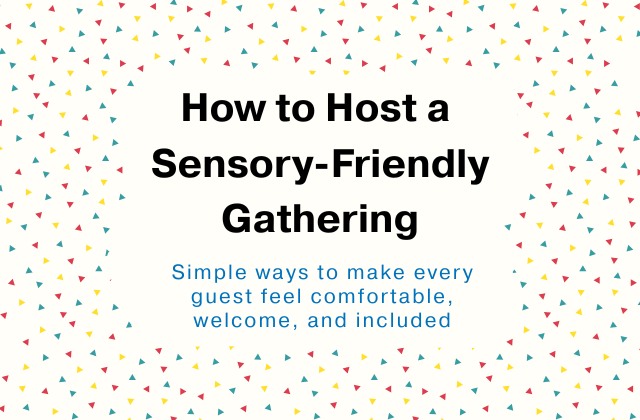
Down syndrome is the most common chromosomal condition, but many myths remain. This article shares 7 Down syndrome facts you may not know — from what causes it to advances that have led to better lifelong outcomes.
You’ll also discover opportunities for independence and learn how modern healthcare, education and support have enriched quality of life.
As a parent or caregiver supporting a loved one with Down syndrome, knowledge is power. Learning more about Down syndrome empowers both individuals and their communities. So let’s get started.
1. Down Syndrome is Not New
While some assume Down syndrome is a new condition, the facial features of Down syndrome have been found in ancient works of art dating back 2,500 years.
2. It’s the Most Common Chromosomal Condition
Down syndrome occurs in approximately 1 in 700 births, making it one of the most common chromosomal conditions diagnosed in the United States.
Despite a long history, there is still so much to learn about living with Down syndrome. Such as: what causes it?
3. There Are Three Chromosomal Patterns
Down syndrome results from an extra chromosome 21, either fully or partially. There are three recognized chromosomal patterns: Trisomy 21, Translocation Down syndrome, and Mosaic Down syndrome. Let’s take a quick look at each.
Trisomy 21
Trisomy 21 is the most common type, affecting around 95% of those with Down syndrome. It’s caused by an error in cell division that results in 47 chromosomes instead of the typical 46. Each cell has three copies of chromosome 21 rather than the usual two copies.

Trisomy 21 pattern of chromosomes.
Translocation Down syndrome
Translocation Down syndrome occurs when a portion of chromosome 21 breaks off during cell division and attaches to another chromosome, such as chromosome 14. Rather than a full extra chromosome 21, there is only a partial extra amount of genetic material from chromosome 21. This type of Down syndrome is estimated to affect about 4% of people with Down syndrome.
Mosaic Down syndrome
The rarest form is Mosaic Down syndrome, where some cell lines in the body have 46 chromosomes with the usual two copies of chromosome 21, while other cell lines have 47 chromosomes with an extra chromosome 21. This mosaicism can cause the signs and symptoms of Down syndrome to vary in their severity. Mosaic Down syndrome accounts for about 1% of Down syndrome cases.
Now you know the cause, let’s go over some uplifting Down syndrome facts. We’ll look at your loved ones abilities, education and quality of life.
4. Inclusive Dducation Leads to Better Outcomes
People with Down syndrome attend school alongside their peers. Since the 1970s, the Individuals with Disabilities Education Act has mandated that public schools provide free and appropriate education for students with disabilities — including Down syndrome.
Many schools now have inclusion programs that allow specialized support within mainstream classrooms (rather than separate special education classrooms). These inclusion programs have been shown to benefit all students both socially and academically.
Children with Down syndrome also tend to experience fewer developmental delays and higher self-esteem when educated alongside their peers without disabilities. You can find resources for advocating for inclusion programs on the Understood website.
5. An Individual Has More Abilities than Limitations
While Down syndrome presents lifelong challenges, it does not define all of someone’s abilities. People with Down syndrome can hold jobs, live independently, have close relationships, and participate fully in their communities when given the proper support.
6. Higher Quality of Life is Possible
Advances in education, healthcare, early intervention and community awareness have led to dramatic improvements in quality of life and life expectancy for people with Down syndrome.
Here’s a reassuring fact about Down syndrome: in 1960, the average life expectancy was just ten years. However, with modern medical care, the average life expectancy is now over 60 years. There are five main reasons for this.
- Early screening and diagnosis allow for monitoring of any health conditions and proactive treatment. Congenital heart defects, respiratory and hearing issues are now often identified in infancy and addressed.
- Improved surgical techniques for conditions like heart defects. Over 90% of children born with Down syndrome now survive into adulthood.
- Better management of common comorbidities such as gastrointestinal issues, sleep apnea, thyroid problems and mental health concerns.
- Stimulating education programs to promote the development and independence of daily living skills that carry into adulthood.
- Positive family support to encourage confidence, responsibility and social integration.
7. Continued Progress
While average life expectancy has increased immensely in a short time, research continues to deepen our understanding of Down syndrome and how various health, social and educational factors impact quality of life at different stages.
With further advancements, we may see those with Down syndrome living even longer, healthier lives with higher levels of independence.
Progress is still needed in promoting inclusion, challenging stereotypes, and empowering self-advocacy. And that’s where Opportunity Village really shines — positive family and community support remains essential to helping individuals achieve their full potential.
Next Steps
Would you like to learn more about Down syndrome and how to help your loved one thrive? Learn & connect with Opportunity Village. Explore our website, sign up for emails or follow along on your favorite social media.





